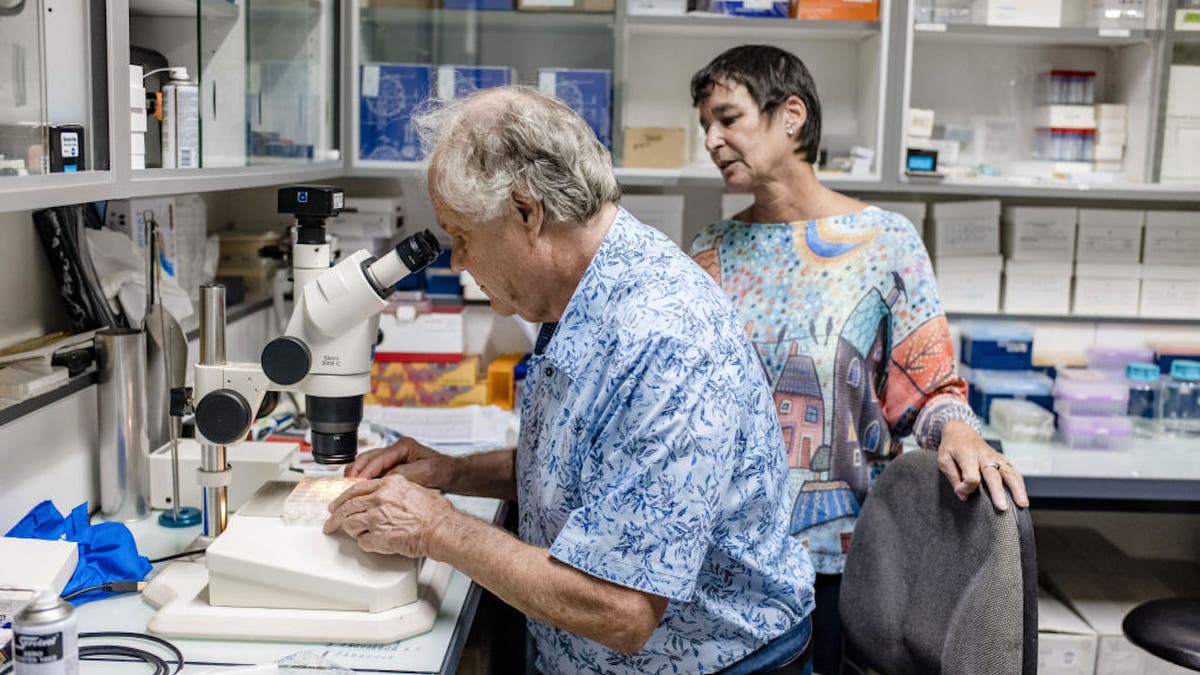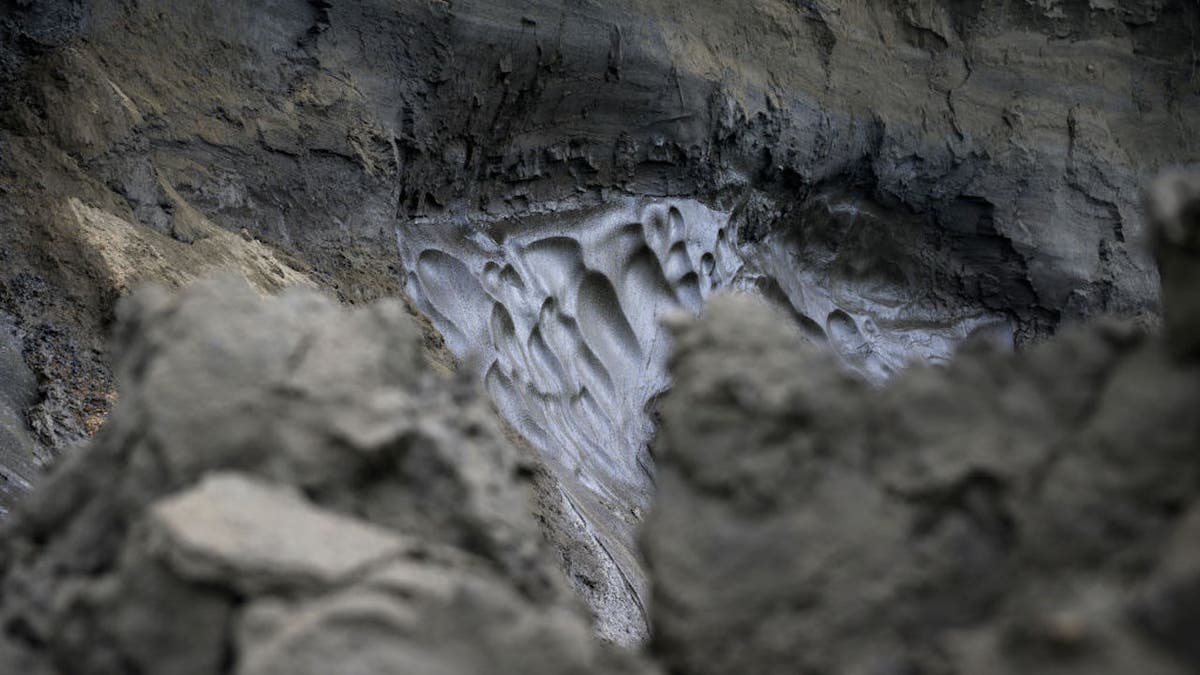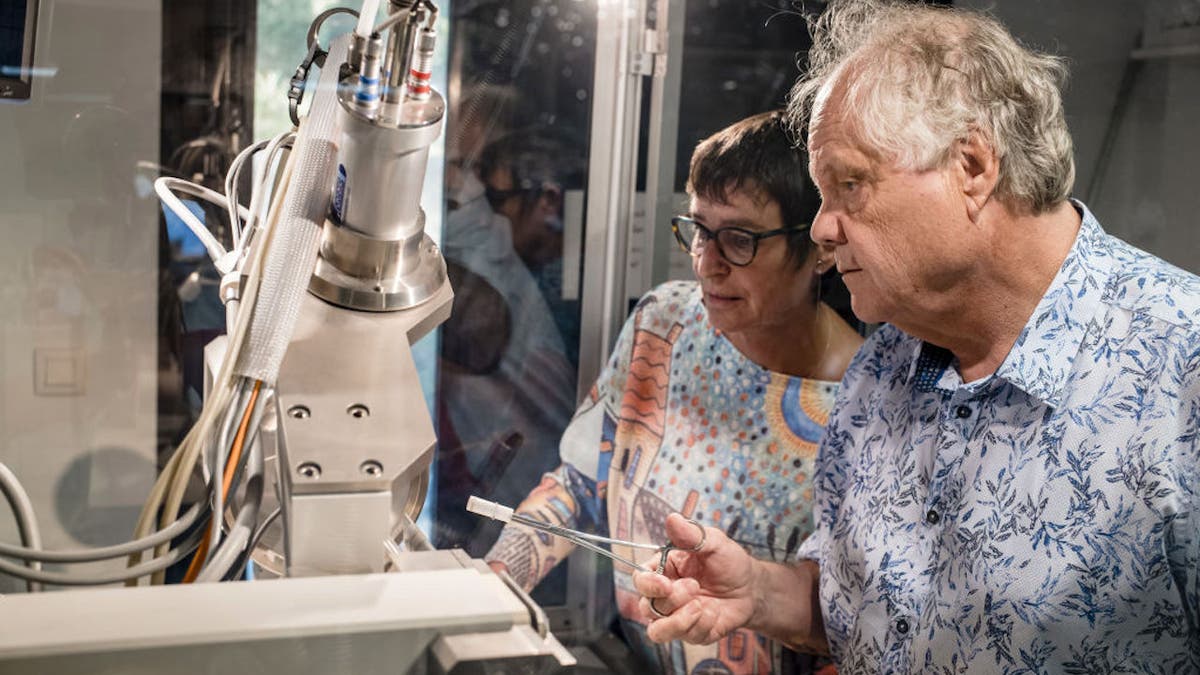‘Arctic zombie viruses’ could be released by climate change from thawing permafrost, some scientists claim
Some scientists are warning of the potential for “Arctic zombie viruses” in Siberia, according to reports.
The claim is that as climate change causes the Arctic permafrost to thaw, it will release ancient viruses that could put people at risk of disease.
National Geographic defines “permafrost” as “a permanently frozen layer below Earth’s surface [that] consists of soil, gravel and sand, usually bound together by ice.”
NEW COVID VARIANT JN.1 NOW COMPRISES UP TO 30% OF US CASES: CDC
Jean-Michel Claverie, PhD, a geneticist and an emeritus professor at the School of Medicine of Aix-Marseille University in the South of France, has conducted extensive research on Arctic zombie viruses, also referred to as “Methuselah microbes.”
In 2015, a research team unearthed several viruses from the permafrost, which were estimated to be 30,000 years old, as Claverie wrote in an article published by Think Global Health on Jan. 18.

Husband and wife virologists Jean-Michel Claverie, left, and Chantal Abergel are pictured in a laboratory at the Information Gnomic and Structural Center (IGS) of Aix-Marseille University in Marseille, France, on Sept. 25, 2023. (Getty Images)
“It is now clear that a significant proportion of prehistorical viruses can remain infectious for even longer periods of time,” Claverie wrote.
After being stable for the last 400,000 years, the Siberian permafrost could become “threatened” due to global warming, according to the researcher.
CDC’S COMMENTS ON TODAY’S PNEUMONIA OUTBREAKS VS. THE EARLY COVID CASES, AS COMPARED BY EXPERTS
Thawing “increases the release and revival of permafrost microbes, including ancient ones from the late Pleistocene (i.e., the last 100,000 years),” Claverie wrote.
“Our species — hence, our immune system — has never been in contact with most of those microbes during its evolution.”

Permafrost, seen at the top of the cliff, melts into the Kolyma River, Siberia, Russia on July 6, 2019. The permafrost, some of which is tens of thousands of years old, is melting at a rapid rate and uncovering prehistoric bones and animals. (Getty Images)
Previous research has identified many different types of bacteria in permafrost that are linked to some common human pathogens, according to Claverie.
Those have included Acinetobacter, Bacillus anthracis, Brucella, Campylobacter, Clostridia, Mycoplasma, various Enterobacteria, Mycobacteria, Streptococci, Staphylococci and Rickettsia.
“Our species — hence, our immune system — has never been in contact with most of those microbes.”
While Claverie said we can “reasonably believe” that modern antibiotics could control many of these older pathogenic bacterium, he also said the situation would be “much more disastrous” in the case of an “ancient or unknown virus” being released from permafrost and causing animal or human diseases.

A member of the research team displays a visual on his phone in a laboratory at the Information Gnomic and Structural Center (IGS) of Aix-Marseille University in Marseille, France, on Sept. 25, 2023. (Getty Images)
“As unfortunately well-demonstrated by the most recent pandemics (for example, COVID and AIDS), each new virus, even related to previously known families, requires the development of highly specific medical responses, such as new antivirals and vaccines,” he said.
Fox News Digital reached out to Claverie requesting additional comment.
NEW ANTIBIOTIC KILLS DEADLY, DRUG-RESISTANT BACTERIA IN ‘SCIENTIFIC BREAKTHROUGH’
Marion Koopmans, PhD, head of the Erasmus MC Department of Viroscience in the Netherlands, confirmed that there is documentation of hidden viruses that can still infect bacteria and unicellular organisms.
“That means the potential is there,” she told Fox News Digital via email. “You then would have to assume that viruses that may be able to infect humans or wild animals also could be present and at some point be released.”
Koopsmans added, “Given that, I think it is wise to think through where risk of exposure could be highest and monitor for health effects in those places.”

Virologist Jean-Michel Claverie is pictured at the Information Gnomic and Structural department of Aix-Marseille University in Marseille, France, on Sept. 25, 2023. (Getty Images)
Edward Liu, M.D., chief of infectious diseases at Hackensack Meridian Jersey Shore University Medical Center in New Jersey, acknowledged that permafrost viruses are a “valid concern, if long-disappeared viruses start circulating in a naive population.”
He also told Fox News Digital, “But so are zoonotic viruses (animal viruses), which spread to the human population when people and animals come into contact due to demand for wet markets, which was a possible source of COVID-19 in China.”
ANTIBIOTIC RESISTANCE IS ON THE RISE, DOCTOR WARNS: ‘THIS IS AN ENORMOUS PROBLEM’
Other potential sources include bush meat (African markets that allow exposure to animal viruses) or just human civilization pushing into wildlife areas, Liu added.
“In each case, a virus enters a naive population, so we have no herd immunity to slow it down,” he said.
To reduce the risk, Liu called for “cooperative internal research” into animal viruses and possibly permafrost viruses.

Other potential sources of novel viruses include wet markets, an expert noted. (iStock)
“When a new virus hits, scientists can then sequence the genetic material,” he said.
“MRNA vaccine technology is much faster at creating new vaccines than older technologies, which involved growing viruses and inactivating them,” Liu went on. “So we can make an effective vaccine in weeks rather than years.”
“In each case, a virus enters a naive population, so we have no herd immunity to slow it down.”
Liu also said we need systems that pick up new outbreaks faster — “so we can send experts to determine their cause before it spreads into an epidemic.”
He added, “Nations have to agree to allow access during outbreaks and avoid political interference.”

Husband and wife virologists Jean-Michel Claverie, right, and Chantal Abergel work on an X-ray diffraction device used to determine the 3D structure of viral proteins in a lab at the Information Gnomic and Structural Center (IGS) of Aix-Marseille University in Marseille, France, Sept. 25, 2023. (Getty Images)
Dr. Christian Sandrock, who specializes in emerging infectious diseases at the UC Davis Medical Center in Sacramento, California, also weighed in on the potential risk of frozen viruses.
“As climate change and other human-related issues occur, we are always exposed to new things,” he told Fox News Digital. “This has been happening for a long time. The real issue arises if these microbes can then become transmissible to humans and cause sustained transmission afterward that can lead to a pandemic.”
CLICK HERE TO SIGN UP FOR OUR HEALTH NEWSLETTER
“Right now, we are just discovering what is there,” he added.
“We need it to have sustained transmission for it to be really concerning.”

One expert called for “cooperative internal research” into animal viruses and possibly permafrost viruses. (iStock)
Dr. Marc Siegel, clinical professor of medicine at NYU Langone Medical Center and a Fox News medical contributor, noted that while it’s possible that there are viruses in the melting permafrost that could cause sickness, there would likely need to be “several steps” that occur before they would spark a pandemic.
CLICK HERE TO GET THE FOX NEWS APP
“They would likely have to go through many changes to adapt to or spread among modern hosts,” he told Fox News Digital.
“Much more concerning is the close contact with animals and humans in Asia, which can and does lead to zoonotic spillover to humans,” said Siegel.







